Found a total of 10000 related content

Is WordPress a CMS?
Article Introduction:WordPress is a Content Management System (CMS). It provides content management, user management, themes and plug-in capabilities to support the creation and management of website content. Its working principle includes database management, template systems and plug-in architecture, suitable for a variety of needs from blogs to corporate websites.
2025-04-08
comment 0
731

How to use templates in C?
Article Introduction:C templates are used to implement generic programming, allowing for the writing of general code. 1) Define template functions, such as max functions, which are suitable for any type. 2) Create template classes, such as general container classes. 3) Pay attention to template instantiation, compilation time, template specialization, debugging and error information. 4) Follow best practices, keep the code simple, and consider using constraint template parameters.
2025-04-28
comment 0
908
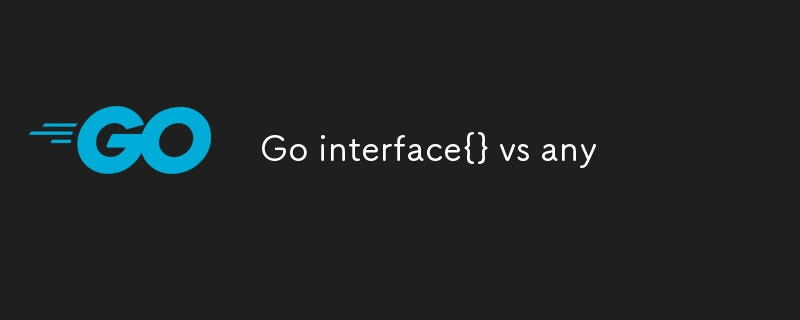
Go interface{} vs any
Article Introduction:In Go language, interface{} and any are exactly the same type. Since Go1.18, any has been introduced as an alias for interface{}. The main purpose is to improve the readability and semantic clarity of the code; 1. Any is more suitable for scenarios that express "arbitrary types", such as function parameters, map/slice element types, general logic implementations, etc.; 2. Interface{} is more suitable for defining interface behavior, emphasizing interface types, or compatible with old code; 3. The performance of the two is exactly the same as the underlying mechanism, and the compiler will replace any with interface{}, which will not cause additional overhead; 4. Pay attention to type safety issues when using it, and may need to cooperate with type assertions or
2025-07-11
comment 0
269

C polymorphism : Static details
Article Introduction:Static polymorphism is implemented in C through templates, and type parsing occurs at compile time. 1. Template allows writing common code, suitable for different types. 2. Static polymorphism provides type safety and performance advantages, but may increase compile time and code bloat. 3. Use CRTP and SFINAE technologies to control template instantiation to improve the maintainability of the code.
2025-05-25
comment 0
662
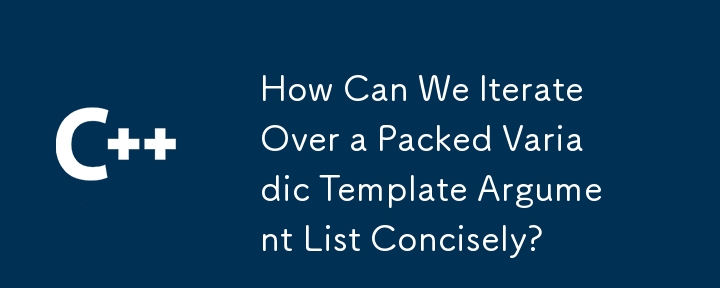
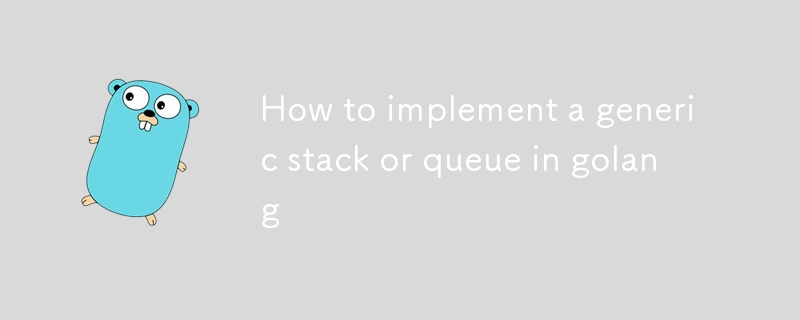
How to implement a generic stack or queue in golang
Article Introduction:In Go, the methods of using generics to implement stacks and queues are as follows: 1. Define a structure containing any type of slices; 2. Write Push, Pop, and IsEmpty methods for the stack; 3. Write Enqueue, Dequeue, and IsEmpty methods for the queue; 4. Select the appropriate data structure according to performance requirements. Generics enable type-safe and reusable stacks and queues, suitable for non-high performance scenarios.
2025-07-12
comment 0
849
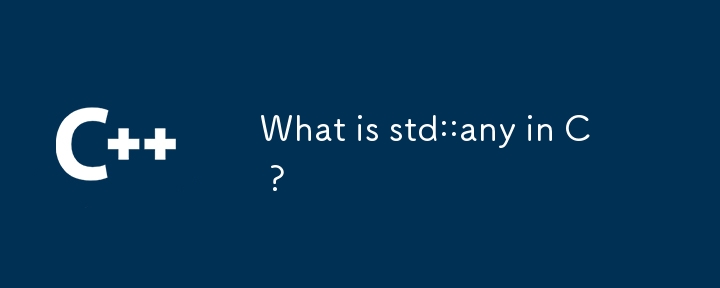
What is std::any in C ?
Article Introduction:std::any is a type-safe container introduced by C 17, which can dynamically store values of any type. Its core features and key points are as follows: 1. You can assign any type at any time, such as std::anyx=42; 2. You need to check the type before using std::any_cast(x) to obtain the value, otherwise an exception will be thrown; 3. Use .has_value() to determine whether it contains a value; it is suitable for plug-in systems, configuration management, event systems and other scenarios, but there are limitations such as performance overhead, runtime type checking and not supporting implicit conversion.
2025-07-16
comment 0
185
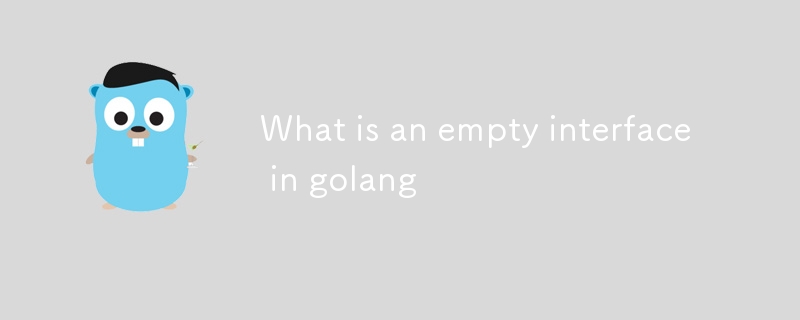
What is an empty interface in golang
Article Introduction:An empty interface is a special type in Go language that can store any type of value, written as interface{} without implementing any method. It is suitable for handling unknown or mutable data types, creating generic-like functions, and storing slices or maps of mixed types. For example, map[string]interface{} is often used to parse JSON data. When using an empty interface, type checking must be performed through type assertions or type switches to ensure runtime safety. However, excessive use of empty interfaces can cause code confusion and difficult to debug, so the generic mechanism introduced in Go1.18 should be given priority and use empty interfaces when necessary to avoid abuse just to mimic dynamic typing.
2025-07-03
comment 0
337
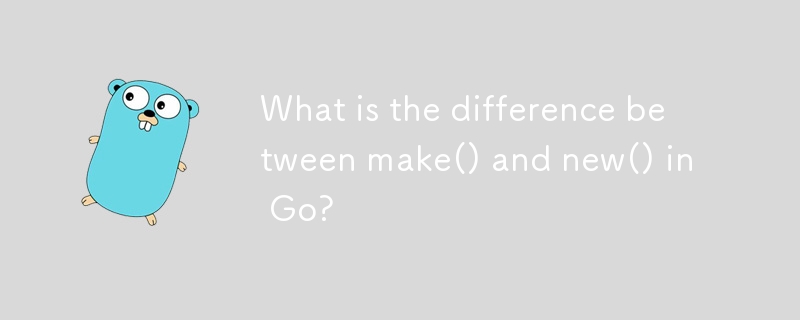
What is the difference between make() and new() in Go?
Article Introduction:In Go, new() is used to allocate and return a zero-value pointer to any type, while make() is used specifically to initialize slices, maps, and channels. The specific differences are as follows: 1. new(T) allocates memory and returns a *T type pointer, suitable for scenarios where pointers to structures or basic types are required without complex initialization; 2. make() is only used for slice, map and chan types. It not only allocates memory but also performs internal structure settings so that these types can be used directly; 3. new() returns a pointer, make() returns a non-pointer instance of the actual type; 4. new() is suitable for any type, make() is only for specific built-in types. The two have different uses and are not interchangeable.
2025-06-19
comment 0
157
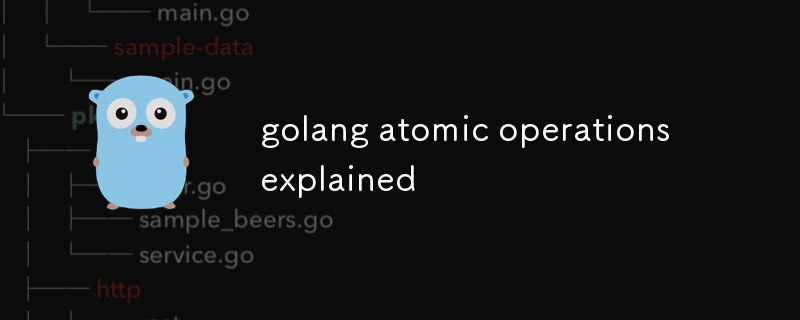
golang atomic operations explained
Article Introduction:Atomic operations are indivisible operations to ensure that read and write variables in a concurrent environment are not interrupted. Go's sync/atomic package provides functions such as AddXxx, LoadXxx/StoreXxx, SwapXxx, CompareAndSwapXxx and other functions for atomic operations, and is suitable for counters, synchronization primitives and other scenarios. Note when using: 1. Atomic cannot be mixed with ordinary access; 2. Structural fields need to be processed separately; 3. Not suitable for complex logic. In addition, atomic.Value can safely store any type of value, suitable for scenarios such as configuration updates.
2025-07-10
comment 0
736
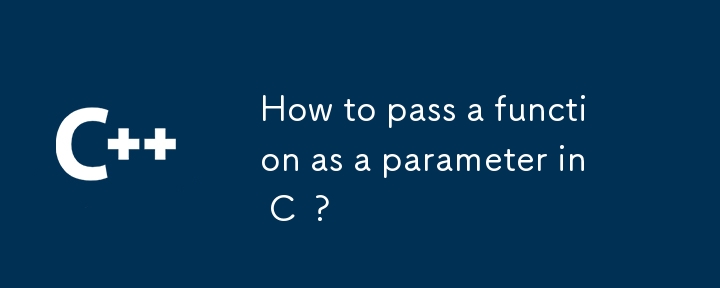
How to pass a function as a parameter in C ?
Article Introduction:In C, there are three main ways to pass functions as parameters: using function pointers, std::function and Lambda expressions, and template generics. 1. Function pointers are the most basic method, suitable for simple scenarios or C interface compatible, but poor readability; 2. Std::function combined with Lambda expressions is a recommended method in modern C, supporting a variety of callable objects and being type-safe; 3. Template generic methods are the most flexible, suitable for library code or general logic, but may increase the compilation time and code volume. Lambdas that capture the context must be passed through std::function or template and cannot be converted directly into function pointers.
2025-07-12
comment 0
984

What Is the Right Image Format for Your Website?
Article Introduction:Image format selection and optimization: Best practices for website images
Key Points
Correctly selecting the image format and optimizing the image is essential for the correct use of the website image. Incorrect use can lead to slow website performance and poor user experience.
JPEG, GIF, PNG, SVG, and WebP are commonly used website image formats. JPEG, GIF, and PNG are long-used formats, while SVG and WebP are relatively new, but are becoming increasingly popular because of their suitability for responsive and fast-loading websites.
The selection of image format depends on image type, file size, and browser compatibility. For example, JPEG is very suitable for photos due to its quality and compression, while PNG is not
2025-02-17
comment 0
381

How to set the attribute value of an element
Article Introduction:Setting the attribute value of an element in JavaScript can use the setAttribute method or directly manipulate the attributes of the element. 1. Use the setAttribute method to set any type of attribute, including custom attributes, but the HTML attribute is set. 2. Directly manipulating the attributes of elements is more intuitive and suitable for common attributes, but custom attributes cannot be set, and the effects may be different for some attributes.
2025-05-23
comment 0
1156

Can you explain type parameters, type constraints, and type inference in Go Generics?
Article Introduction:The core of Go generics includes type parameters, type constraints, and type inference. 1. Type parameters allow writing functions or structures suitable for multiple types, such as funcMax[Tcomparable](a,bT)T can handle any type that supports comparison; 2. Type constraints restrict available types to ensure that operations are valid, such as using comparable or custom interfaces such as typeNumberinterface{int|float64}; 3. Type inference allows Go to automatically determine the type based on incoming parameters, such as calling Max(3,5) without explicitly specifying int. Together, these mechanisms enable flexible and secure universal programming.
2025-06-07
comment 0
1065
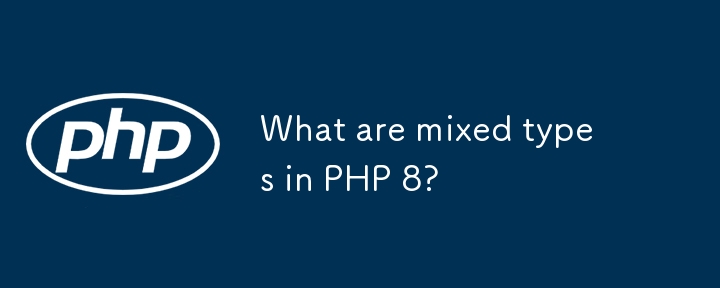
What are mixed types in PHP 8?
Article Introduction:PHP8's mixed type allows variables, parameters, or return values ??to accept any type. 1. Mixed is suitable for scenarios that require high flexibility, such as middleware, dynamic data processing and legacy code integration; 2. It is different from union types because it covers all possible types, including new types in the future; 3. Be cautious when using them to avoid weakening type safety, and it is recommended to explain the expected types in conjunction with phpDoc. The rational use of mixed can improve code expression capabilities while maintaining the advantages of type prompts.
2025-06-21
comment 0
738
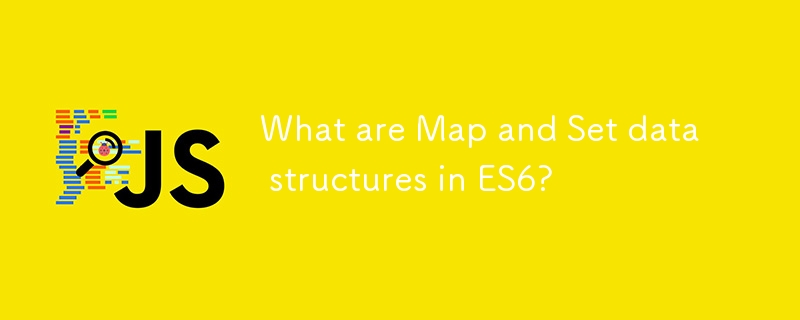
What are Map and Set data structures in ES6?
Article Introduction:Map and Set are two new data structures introduced by ES6, providing more flexible and efficient key-value pairs and unique value storage methods. 1. Map supports any type of keys, maintains the insertion order, suitable for non-string keys, quick search and avoids attribute conflicts; 2. Set stores unique values, automatically deduplicates, suitable for tracking unique items or array deduplication; 3. When selecting Map instead of object, including the keys being non-string, size needs to be known or iterated frequently; 4. WeakMap and WeakSet are used in weak reference scenarios to prevent memory leakage but cannot be iterated or cleared.
2025-06-24
comment 0
558
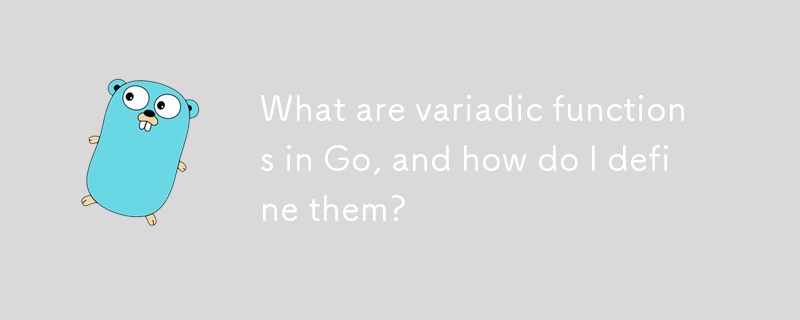
What are variadic functions in Go, and how do I define them?
Article Introduction:The variable parameter functions in Go are defined before the parameter type, such as funcsum(nums...int), allowing any number of parameters to be passed, and are processed internally in slice. 1. When defining, you need to place the variable parameters at the end and there can only be one; 2. When calling, you can use multiple values ??or slice parameters with...; 3. It is suitable for logs, summary and other scenarios, but it is not suitable for a large number of parameters or the meaning of each parameter is clear. Pay attention to the small performance overhead caused by changing parameters to slices when using them.
2025-06-21
comment 0
453

What is H5?
Article Introduction:H5, the abbreviation of HTML5, is a web development technology that supports mobile adaptation, touch interaction and multimedia functions. It is widely used in scenarios such as corporate publicity, marketing activities, data collection and education and training, such as fun tests, raffle pages, questionnaires and online courses. Compared with traditional web pages, H5 is more suitable for mobile browsing, and has responsive layout, offline caching and device information acquisition capabilities. The production of H5 can be quickly built through template platforms such as "Yiqixiu" and "Ruzhan", or developed by itself through HTML, CSS, JavaScript and other technologies, and attention should be paid to loading speed and compatibility testing.
2025-07-09
comment 0
305
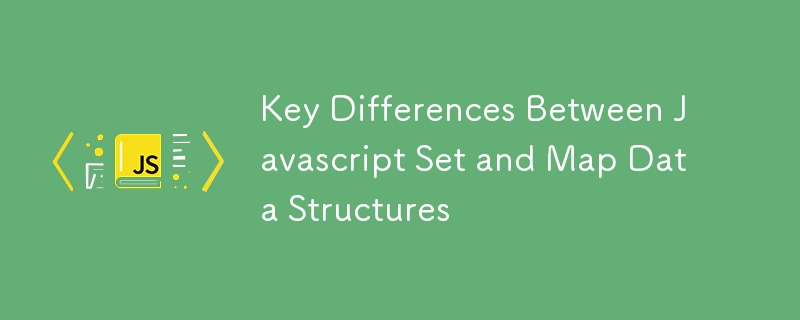
Key Differences Between Javascript Set and Map Data Structures
Article Introduction:Choosing a JavaScript Set or Map depends on the data form and usage. 1. If you need to store unique values, such as deduplication of user ID or form options, you should use Set, which automatically deduplication and supports .has(), .delete() and other methods; 2. If you need to store key-value pairs, especially non-string keys or mapping relationships (such as user data cache), you should use Map, which supports any type of key, retain key order and is easy to obtain size; 3. Both are better than arrays and objects in terms of performance. Set is suitable for set operations, and Map is suitable for frequent reading and writing associated data.
2025-07-04
comment 0
381

What are interfaces in Go, and how do I define them?
Article Introduction:In Go, an interface is a type that defines behavior without specifying implementation. An interface consists of method signatures, and any type that implements these methods automatically satisfy the interface. For example, if you define a Speaker interface that contains the Speak() method, all types that implement the method can be considered Speaker. Interfaces are suitable for writing common functions, abstract implementation details, and using mock objects in testing. Defining an interface uses the interface keyword and lists method signatures, without explicitly declaring the type to implement the interface. Common use cases include logs, formatting, abstractions of different databases or services, and notification systems. For example, both Dog and Robot types can implement Speak methods and pass them to the same Anno
2025-06-22
comment 0
462



















